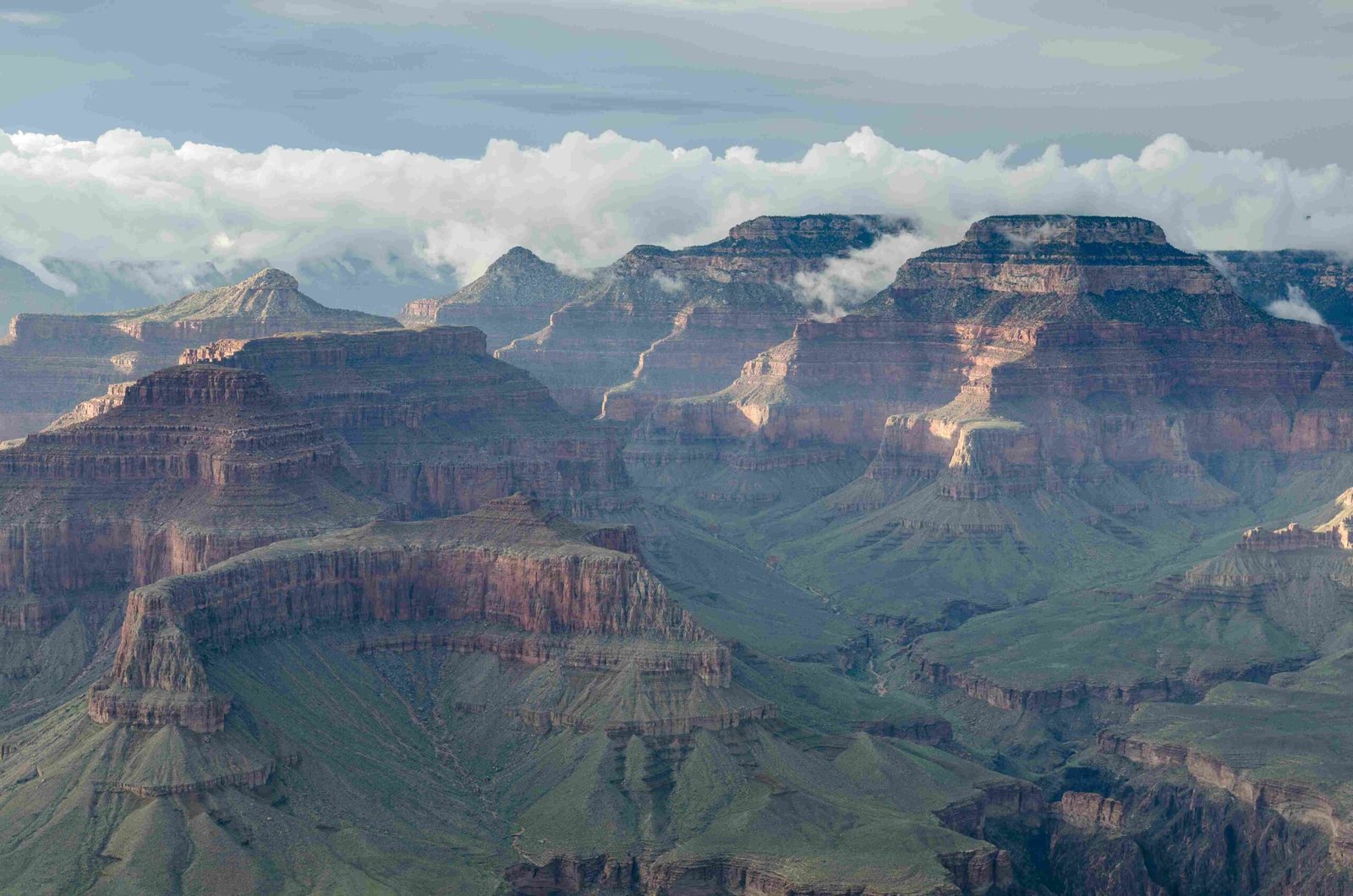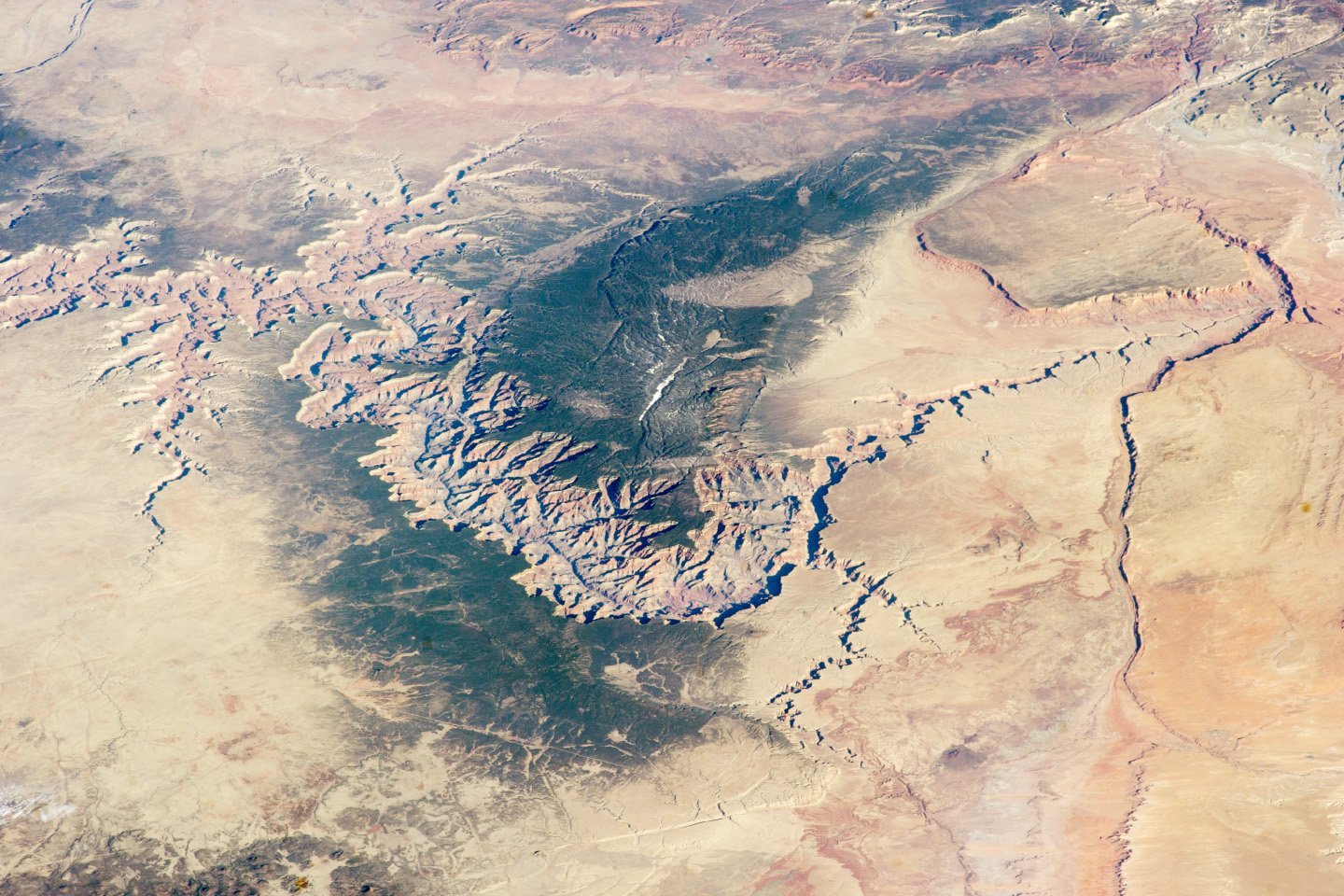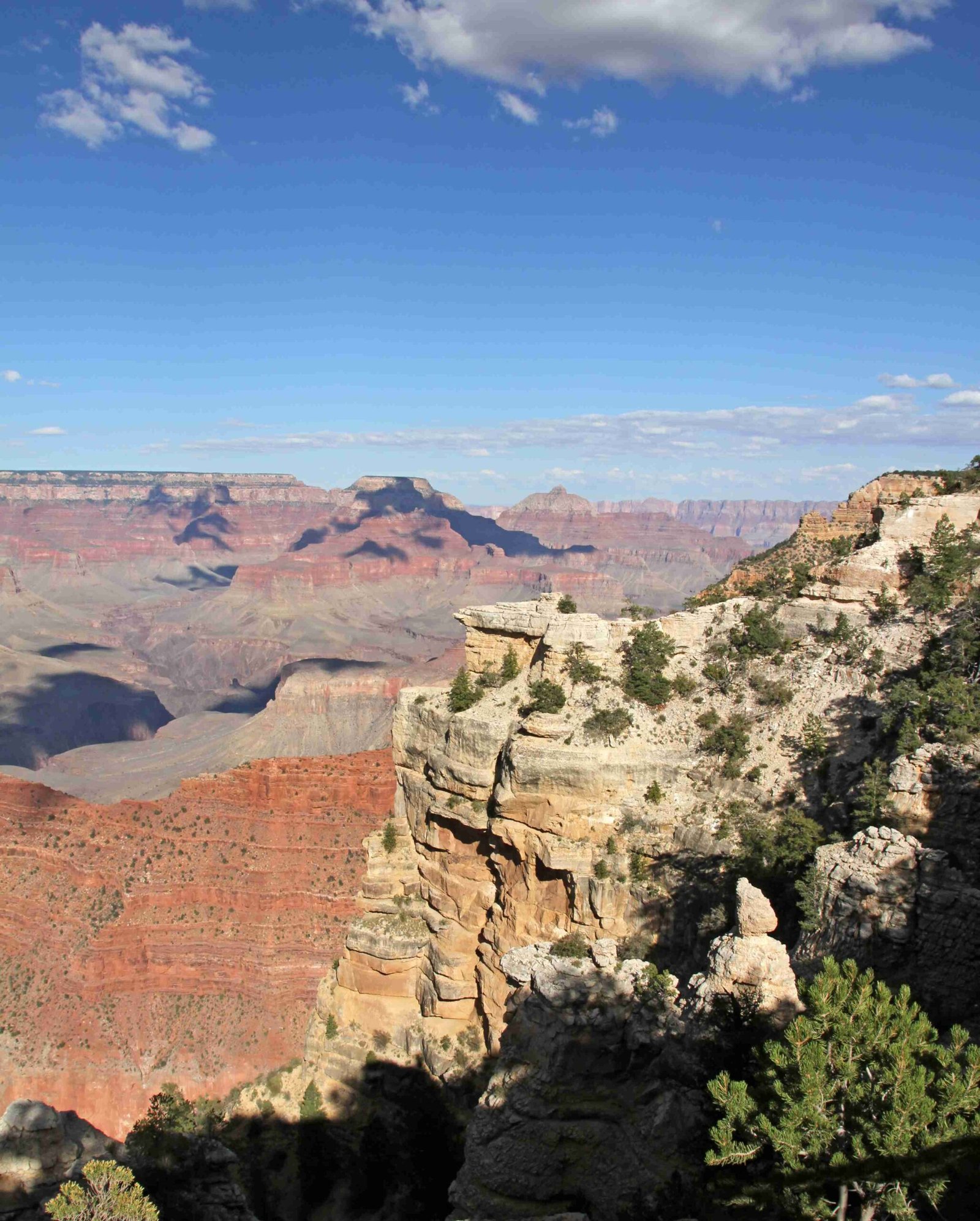Nestled within the rugged terrain of Arizona’s desert landscape, the Grand Canyon natural hot springs represent a hidden geothermal wonder that challenges adventurers with its remote location and stunning geological formations. These natural thermal pools, specifically the Arizona Hot Springs (Ringbolt Hot Springs), offer a unique experience for hikers and thermal water enthusiasts seeking an extraordinary desert adventure near the iconic Grand Canyon region.
What Are the Grand Canyon Natural Hot Springs?

The Grand Canyon natural hot springs are primarily located in the Arizona Hot Springs area, situated within the Lake Mead National Recreation Area. Unlike traditional hot spring destinations, these thermal pools require a challenging 6-mile hiking route that tests visitors’ physical endurance and navigation skills.
Key Characteristics of Arizona Hot Springs
| Feature | Description |
|---|---|
| Location | Arizona/Nevada Border |
| Water Temperature | 85°F – 120°F |
| Hiking Distance | 6-mile loop |
| Difficulty Level | Strenuous |
| Terrain | Rocky canyon, narrow slots, water crossings |
How Do You Access the Grand Canyon Natural Hot Springs?

Trailhead and Route Details
Accessing the Grand Canyon natural hot springs involves:
- Starting at the White Rock Canyon Trailhead
- Navigating GPS coordinates: 36.023333, -114.743333
- Preparing for a challenging desert hike
- Carrying essential hiking and safety equipment
- Paying a $25 entry fee for the Lake Mead National Recreation Area
What Should Hikers Expect During the Journey?
The journey to the Grand Canyon natural hot springs is not for the faint-hearted. Hikers will encounter:
- Steep canyon descents
- Boulder scrambling
- Rope-assisted climbing sections
- Narrow water-filled slot canyons
- Unpredictable terrain conditions
Safety Recommendations
- Carry ample water (at least 3 liters)
- Wear sturdy hiking boots
- Bring navigation tools
- Check weather conditions
- Inform someone about your hiking plans
- Carry first-aid kit
Why Are These Hot Springs Unique?
The Arizona Hot Springs offer a distinctive experience due to:
- Extreme geological formations
- Minimal human intervention
- Raw, untouched natural environment
- Challenging access route
- Spectacular desert landscape views
What Preparation Is Necessary?
Essential Gear Checklist
- Waterproof hiking boots
- Multiple water bottles
- High-energy snacks
- Sun protection
- Navigation devices
- Emergency communication tool
- Thermal layers
- Swimwear
Are the Hot Springs Safe for Everyone?
Important Warning: These hot springs are NOT recommended for:
– Inexperienced hikers
– Individuals with mobility challenges
– Those without proper physical conditioning
– People uncomfortable with challenging terrain
Conservation and Respect
Visitors must follow Leave No Trace principles:
– Pack out all trash
– Respect wildlife
– Minimize environmental impact
– Stay on designated trails
– Avoid disturbing natural formations
Final Thoughts
The Grand Canyon natural hot springs represent more than a destination—they’re an adventure that tests human endurance while offering a glimpse into the raw beauty of Arizona’s desert ecosystem.
Recommended Time to Visit
- Late fall to early spring
- Avoid summer months due to extreme heat
- Check local recreation area conditions before traveling
Reference:
– Lake Mead National Recreation Area Official Website
– Arizona Hot Springs Hiking Guide
– National Park Service Hiking Resources

